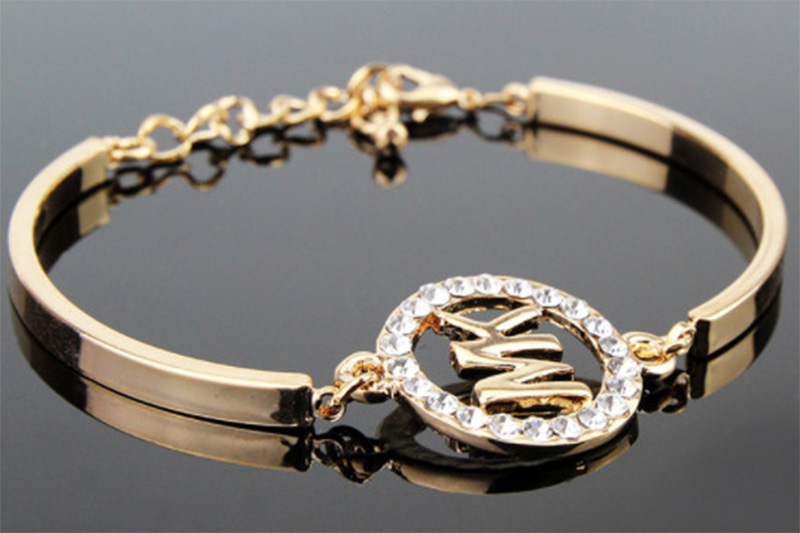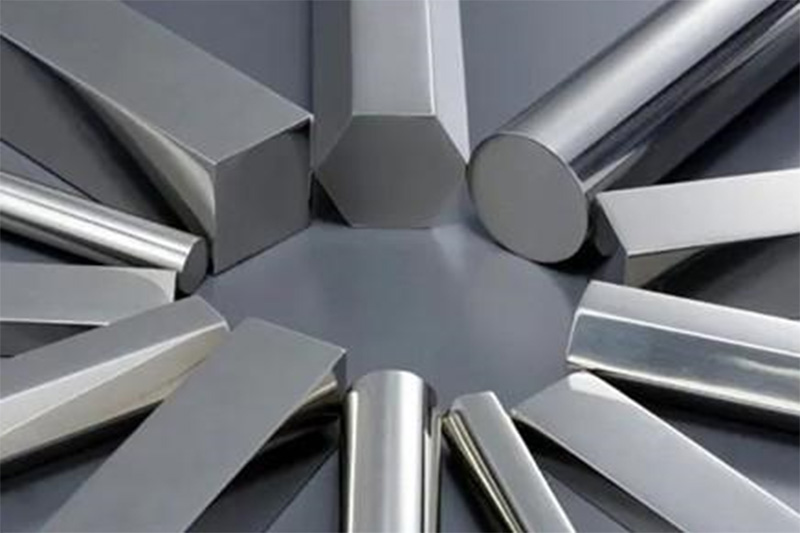What kind of material is 316L stainless steel?
2024-03-22 18:12:42
316L stainless steel is a highly versatile and durable material that is widely used in various industries due to its exceptional properties. This type of stainless steel is known for its high performance in high-temperature corrosion environments, as well as its resistance to allergies and toughness. Let's delve deeper into what makes 316L stainless steel such a remarkable material.
First and foremost, 316L stainless steel is a low-carbon variation of 316 stainless steel, making it an ideal choice for applications that require welding. The "L" in 316L stands for "low," indicating the reduced carbon content in the alloy. This characteristic not only enhances the material's weldability but also minimizes the risk of carbide precipitation in the heat-affected zones during welding, which can lead to intergranular corrosion.
One of the key attributes of 316L stainless steel is its exceptional resistance to corrosion, particularly in high-temperature environments. This makes it an excellent choice for applications where exposure to elevated temperatures and aggressive chemical substances is a concern. The material's ability to withstand such harsh conditions without compromising its structural integrity is a testament to its superior performance.

Moreover, 316L stainless steel is highly regarded for its biocompatibility, making it an ideal choice for medical implants, body jewelry, and other applications where contact with the human body is inevitable. The material's low carbon content and molybdenum addition contribute to its resistance to sensitization, reducing the risk of allergic reactions in individuals with sensitivities to certain metals. This biocompatibility factor further underscores the versatility and safety of 316L stainless steel in various consumer and medical applications.
In addition to its corrosion resistance and biocompatibility, 316L stainless steel exhibits exceptional toughness and durability. These properties make it suitable for a wide range of industrial and consumer products, including surgical instruments, marine equipment, food processing machinery, and architectural components. The material's ability to withstand mechanical stresses, impact, and harsh environmental conditions underscores its reliability and longevity in demanding applications.
When it comes to product applications, 316L stainless steel's performance is particularly noteworthy in high-temperature environments where corrosion resistance is paramount. Its ability to maintain structural integrity and resist oxidation at elevated temperatures makes it an ideal choice for heat exchangers, exhaust systems, furnace components, and other industrial equipment operating under extreme heat conditions.
In summary, 316L stainless steel is a material that offers a unique combination of high-temperature corrosion resistance, biocompatibility, and toughness. Its low carbon content, molybdenum addition, and overall alloy composition contribute to its exceptional performance in diverse applications. Whether it's in the medical, industrial, or consumer sectors, 316L stainless steel continues to be a preferred material for products that demand reliability, longevity, and safety.








